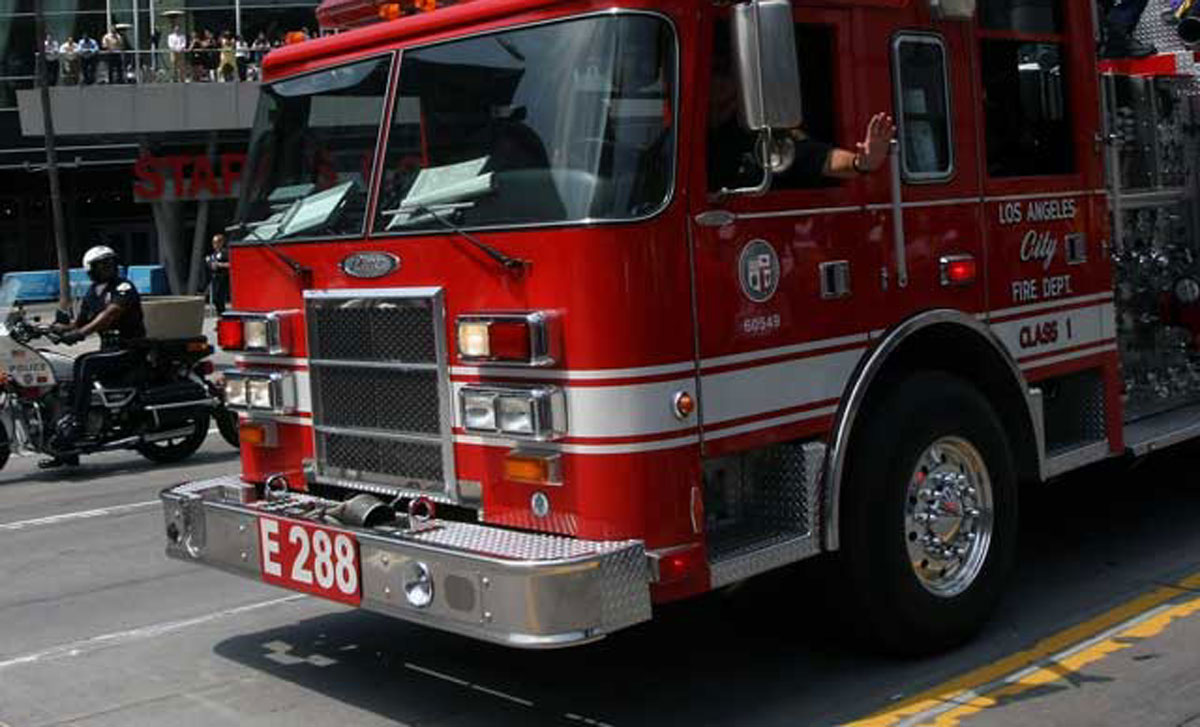Gas prices reached all-time highs this week in California, where per-gallon prices skyrocketed to more nearly $6 in some areas.
The statewide average price for a gallon of regular rose steadily over the past few weeks to $4.68. At a station in Los Angeles’ Mid Wilshire District, on Monday, a gallon of regular was $5.99. A gallon of premium gas at the station was $6.59.
So, what’s a frugal driver to do with holiday travel season on the road ahead? Here are some tips, including car maintenance advice and fuel-saving driving habits, from AAA to help your car's fuel economy.
Get top local stories in Southern California delivered to you every morning. Sign up for NBC LA's News Headlines newsletter.
Start by Checking Your Car’s Tires
It’s something drivers should do regularly anyway — after all, that's where the rubber meets the road. Beyond making safety sense, properly inflated tires can help save fuel. A low tire increases the amount of fuel used. Look on the inside of your car’s door panel to find the correct PSI. Modern passenger cars usually have a PSI in the 30s.
Avoid the Restaurant Drive-Thru Line
Local
Get Los Angeles's latest local news on crime, entertainment, weather, schools, COVID, cost of living and more. Here's your go-to source for today's LA news.
The fast-food drive-thru might sound quick and easy, but you’re burning fuel while you wait. If your car is stopped for more than 60 seconds, shut off the engine, AAA recommends. Many new cars come with automatic start-stop to do the job for you.
Not So Fast. It's a Major Drag
Again, safety should be motivation enough to travel at sensible speeds. But it can also help save fuel. On freeways, aerodynamic drag causes fuel economy to drop off as speeds increase above 50 mph, AAA says.
Smooth and Steady Wins the Fuel Savings Race
Think smooth and steady at the stop light. Unless you’re on a Formula 1 starting grid, hard acceleration when the light turns green is a bad idea, especially for fuel economy. Smooth acceleration allows an automatic transmission to upshift sooner, lowering engine RPM and saving gas. If you have a manual transmission, upshift as soon as you can without ‘lugging’ the engine.
Easy Does It When Stopping
There’s no need to hurry up and wait, so AAA recommends taking your foot off the gas early and allowing the car to gradually and safely coast to a slower speed until its time to brake for a stop sign or stop light.
Cruising Helps Avoids a Bruising at the Pump
Using cruise control will help you maintain a constant speed instead of regularly slowing down and speeding up on the freeway. Just don’t use it on slippery roads.
Stash the Roof Rack
Try to limit your use of roof racks and other carriers. On the highway, an empty bike, canoe or ski rack can hurt fuel economy.
Cool It Without the Air Conditioning
AAA says it’s best to minimize your use of air conditioning. Open windows have less impact on fuel economy than the engine power required to run the air conditioning compressor, even at highway speeds.
Stop Trippin'
Try to pack as many errands as possible into one trip from home instead of making multiple trips. All that driving around is wasting gas.
Premium v. Regular Gas
The recommendations above are all things drivers can do on the road, but there’s one thing AAA recommends at the fuel pump. The agency says its research shows that unless your vehicle’s manufacturer specifically recommends more expensive premium fuel, it provides no added benefit over less expensive regular. So, check your car’s manual or the inside of the gas tank lid.



